Introduction
What Is The Difference Between A Weasel And A Ferret: Weasels and ferrets are two closely related members of the Mustelidae family, known for their sleek, elongated bodies and carnivorous habits. While they may appear quite similar at first glance, there are several key differences that set them apart. In this exploration, we will delve into the distinctions between weasels and ferrets fleas, from their physical characteristics to their behavior and habitat preferences, shedding light on the unique traits that define each of these fascinating creatures. Understanding these differences is not only essential for enthusiasts of these animals but also for anyone seeking to distinguish between these two animals in the wild or as pets. So, let’s embark on a journey to uncover the intriguing disparities that make weasels and ferrets distinct in the animal kingdom.
Another significant difference lies in their domestication and purpose. Ferrets have been selectively bred for thousands of years as domestic animals, primarily used for hunting purposes, such as controlling vermin like rats and rabbits. They have been integrated into human households as pets and hunting companions. Weasels, on the other hand, are primarily wild animals and are not typically kept as pets due to their aggressive and predatory nature. Behaviorally, weasels are known for their exceptional hunting skills and predatory instincts. They are solitary animals that hunt small mammals, birds, and insects with great agility. Ferrets, although also carnivorous, have been domesticated to be more social and are often kept in pairs or small groups as pets.
They have been bred for temperament and are usually more docile and friendly toward humans. In terms of habitat, weasels are highly adaptable and can be found in a variety of environments, including forests, grasslands, and even urban areas. They tend to have larger home ranges and are more elusive in their natural habitats. Ferrets, as domesticated animals, thrive in controlled environments provided by their owners, although they still retain some of their burrowing instincts. These are just some of the fundamental differences that distinguish weasels from ferrets. While they share a common ancestry and physical similarities, their size, domestication status, behavior, and habitat preferences all contribute to making them distinct creatures. Understanding these differences is crucial for anyone interested in these animals, whether for conservation efforts, as pets, or simply to appreciate the diversity within the Mustelidae family.
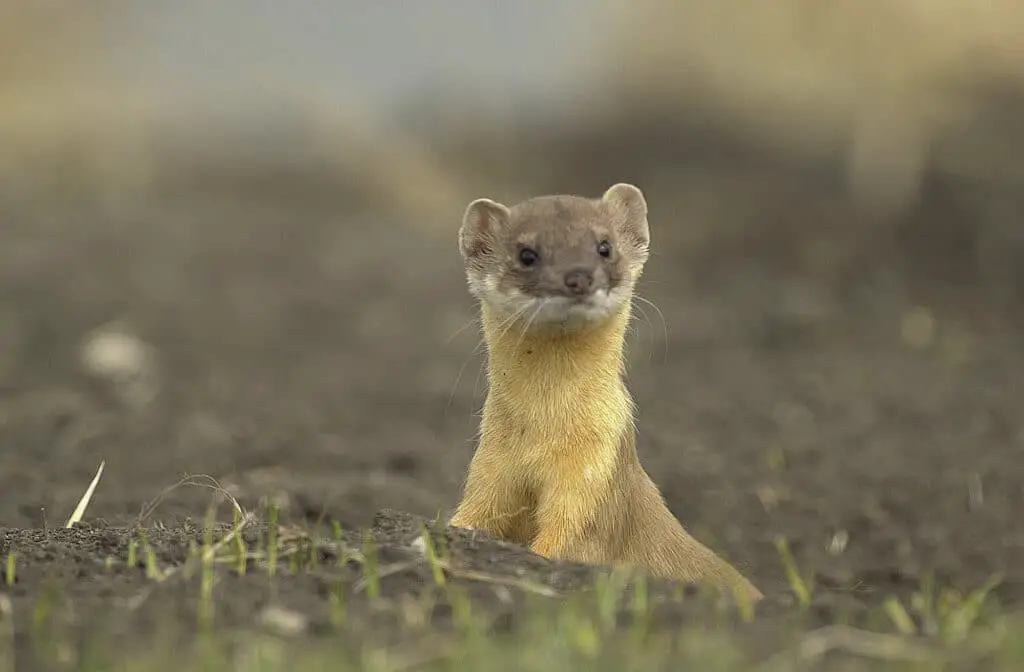
Is A Otter A weasel?
Otters are part of the Mustelidae family, which is a family of carnivorous mammals that includes skunks, weasels, wolverines, and badgers. The sea otter is the largest member of the weasel family, yet the smallest marine mammal in North America.
Otters are larger and more robust than weasels. They typically have sleek, elongated bodies, webbed feet, and a flattened tail, making them well-suited for an aquatic lifestyle. Otters can vary in size depending on the species, with some being as small as 11 inches (28 cm) and others reaching up to 6 feet (1.8 meters) in length.
Weasels, on the other hand, are generally smaller and more slender. They have a long body, short legs, and a pointed snout. The size of weasels varies by species, but they are typically around 6 to 12 inches (15 to 30 cm) in length, excluding their tails.
Otters are semi-aquatic mammals and are often found in freshwater habitats like rivers, lakes, and coastal areas. They are known for their excellent swimming abilities, playful nature, and diet primarily consisting of fish and aquatic creatures.
Weasels are terrestrial animals and are usually found in a variety of terrestrial habitats, including forests, grasslands, and even urban areas. They are skilled hunters of small mammals, birds, and insects, often using their agility and burrowing skills to catch prey.
What is the difference between a mink and a weasel?
Mink are slightly larger than weasels with a more uniform dark brown coloring, and have a long sleek body, thick tail, small ears and small eyes. With a body length of 12 to 16 inches, not including the tail, mink can weigh up to 4 pounds as adults, and may have a small patch of white along the chin and throat.
Minks are larger and more robust compared to weasels. They typically measure around 18 to 28 inches (45 to 70 cm) in length, excluding their tails. Minks have sleek, dark brown fur and a semi-aquatic body shape, with webbed feet and a long, bushy tail.
Weasels, in general, are smaller and more slender. They have a long, slender body, short legs, and a pointed snout. The size of weasels varies by species, but they are typically around 6 to 12 inches (15 to 30 cm) in length, excluding their tails. Weasels have a brown or reddish-brown fur with white markings on their throats and bellies.
Minks are semi-aquatic animals that are often found near freshwater habitats such as rivers, lakes, and wetlands. They are skilled swimmers and are known for their ability to catch aquatic prey like fish, frogs, and crustaceans.
Weasels are terrestrial animals and can be found in various land-based habitats, including forests, grasslands, and urban areas. They are agile hunters of small mammals, birds, and insects and are known for their burrowing and stalking skills.
Is A weasel a cat?
Weasels are small mammals. They are part of the Mustelidae family. The Mustelidae family also includes other small wildlife critters like ferrets, badgers, and even some species of skunks.
Weasels belong to the family Mustelidae, which is the same family that includes animals like ferrets, minks, otters, and badgers. They are part of the order Carnivora.
Cats, on the other hand, belong to the family Felidae, which includes domestic cats, lions, tigers, cheetahs, and many other species of felines. They are also part of the order Carnivora.
Weasels are small, elongated mammals with a slender body, short legs, and a pointed snout. They typically have brown or reddish-brown fur with white markings on their throats and bellies. Weasels are known for their agility and hunting prowess.
Cats come in various sizes, from small domestic cats to large wild cats. They have retractable claws, sharp teeth, and a more rounded, carnivorous appearance. Cats are known for their grooming behaviors and independent nature.
Weasels are primarily solitary animals with a reputation for being skilled hunters. They prey on small mammals, birds, and insects, often entering burrows and tight spaces to catch their quarry. They are known for their territorial and aggressive nature.
Why do mongooses hate snakes?
The snake often eats the babies of the mongoose. Hence, the mongoose attacks the snake to protect its young ones. Since a mongoose is nimbler than a snake, it can save itself in most cases. It is believed that in a fight between a snake and a mongoose, the mongoose wins 80 per cent of the time.
Prey Preferences: Snakes are a common food source for many mongoose species. Mongooses have evolved to be efficient snake hunters due to their preference for such prey. Their diet often includes various snake species, including venomous ones.
Quick Reflexes: Mongooses are agile and quick, which is crucial when dealing with snakes. They can dodge strikes and deliver precise bites to subdue and kill the snake swiftly, minimizing the risk of being bitten.
Resistance to Venom: Many mongoose species have evolved resistance to snake venom. While not immune, they can endure snake bites that would be lethal to other animals. Some mongooses possess natural antivenom properties, while others have developed thick fur and specialized fur patterns that make it difficult for snakes to deliver a venomous bite.
Territorial Behavior: Mongooses are territorial animals, and they may perceive snakes as threats to their territory or their young. This territoriality can lead to confrontations with snakes, resulting in mongoose attacks.
What is the largest weasel?
The largest terrestrial mustelid is the wolverine (Gulo gulo), found in the northern United States and throughout Canada and northern Europe. It measures up to 1.2 metres in length and can weigh up to 20 kg or more. Many mustelids have a long tube-shaped body, short legs, and a strong, thick neck with a small head.
Wolverines have a stocky build with strong limbs and large, powerful jaws. Their fur varies in color, often ranging from dark brown to black, with a distinct light-colored stripe running down each side of their body. This stripe is one of their distinguishing features.
Wolverines inhabit northern and mountainous regions of North America, Europe, and Asia. They are well-adapted to cold climates and can be found in boreal forests, tundra, and alpine environments.
Wolverines are opportunistic feeders with a diet that includes a wide range of prey, such as small mammals, birds, carrion, and scavenged food. They are known for their ability to tackle larger prey, such as caribou or moose carcasses, by using their powerful jaws and sharp teeth to tear through tough hide and bones.
Wolverines are solitary animals and are known for their vast home ranges, which can span hundreds of square miles. They are highly territorial and mark their territory with scent markings to deter other wolverines. Wolverines are also skilled climbers and swimmers, making them adaptable to various environments.
Wolverines are classified as vulnerable or endangered in some regions due to habitat loss and human pressures. They face challenges from climate change, which affects the availability of their preferred cold, snowy habitats.
Is a weasel a rat?
Weasels and rodents are not related and are from completely different orders. They have different-shaped bodies and completely different teeth. Weasels and rodents have very different diets, and rodents are actually on the menu for weasels!
Weasels belong to the family Mustelidae, which includes a wide variety of carnivorous mammals, such as ferrets, minks, otters, and badgers. They are part of the order Carnivora.
Rats, including common species like the brown rat (Rattus norvegicus) and the black rat (Rattus rattus), belong to the family Muridae, which includes rodents. They are part of the order Rodentia.
Weasels are small, slender mammals with long bodies, short legs, and a pointed snout. They typically have brown or reddish-brown fur with white markings on their throats and bellies.
Rats are larger than weasels and have a more robust build. They have a distinctive rat-like appearance with rounded ears, a blunt snout, and a long, scaly tail. Rats come in various colors, including brown, black, and gray.
Weasels are carnivorous predators known for their agility and hunting prowess. They primarily feed on small mammals, birds, and insects and are skilled hunters that can pursue prey into tight spaces and burrows.
Is a bear a type of weasel?
It’s thought they evolved from caniforms into the aquatic creatures they are now. Also in the caniform family are wolves, weasels, and skunks! Bears are considered part of the ursidae subgroup within the caniform group. Wolves and dogs are part of the canidae group, and weasels are part of the mustelidae group.
Bears are some of the largest terrestrial mammals. They have stocky bodies, round faces, and powerful limbs. Their size can vary significantly between species, with the smallest, the sun bear, weighing around 60 pounds (27 kg), and the largest, the polar bear, weighing over 1,500 pounds (680 kg).
Weasels are much smaller and more slender in comparison. They have elongated bodies, short legs, and a pointed snout. Weasels typically measure around 6 to 12 inches (15 to 30 cm) in length, excluding their tails.
Bears are omnivores, meaning they have a varied diet that includes plant matter, berries, insects, fish, and occasionally, small mammals. They are opportunistic feeders and can adapt their diet based on the availability of food. Weasels are carnivorous predators known for their agility and hunting skills. They primarily feed on small mammals, birds, and insects.
Bears can have varying social structures depending on the species. Some bears, like polar bears and giant pandas, are solitary animals, while others, like brown bears and black bears, may be more social and tolerate the presence of other bears, especially during mating or when there’s abundant food.
Are weasels friendly?
Despite their small size, these animals have a reputation as fierce and tenacious hunters. Their diet consists of many animals as large or larger than themselves, including rats, rabbits, birds, and gophers. In general, weasels are not dangerous to people and usually avoid human contact.
Solitary Behavior: Weasels are solitary creatures and are not naturally inclined to form social bonds with humans or other animals. They maintain territories to avoid competition with other weasels and are more focused on hunting and survival.
Predatory Instincts: Weasels are skilled hunters and have a carnivorous diet. Their predatory instincts are geared toward stalking and capturing prey, which may include small mammals, birds, and insects. This hunting behavior can be at odds with human expectations for friendly and cooperative interactions.
Aggressive Defense: Weasels are known for their territorial and sometimes aggressive nature, particularly when defending their hunting grounds or young. In such situations, they may exhibit aggressive behaviors, including biting.
Wild Instincts: Weasels are primarily wild animals, and their behavior is influenced by their natural instincts rather than domestication. Unlike domesticated pets that have been bred for centuries for companionship and social interaction with humans, weasels have not undergone such selective breeding.
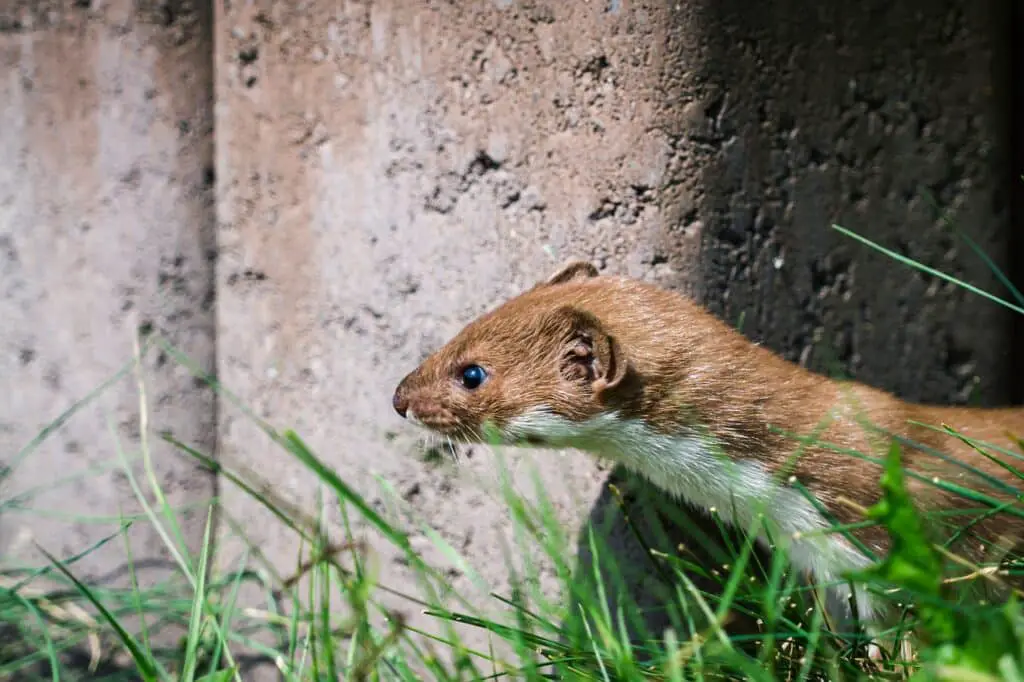
Conclusion
Weasels are characterized by their smaller, slender bodies, solitary and predatory nature, and adaptability to various natural habitats. In contrast, ferrets weasels exhibit a stockier build, domestication for companionship, and a more social disposition towards both humans and other ferrets. These distinctions underscore the diverse roles that animals within the Mustelidae family can play in our world. Weasels, as skilled hunters and adaptable survivors, contribute to ecosystem balance by controlling small mammal populations. Ferrets, through their domestication, provide companionship and fulfill specific human needs.
Understanding the differences between these two fascinating creatures not only enriches our knowledge of the animal kingdom but also aids in their responsible care, whether as wild inhabitants or cherished pets. While they share a common evolutionary heritage, the weasel and the ferret each bring their unique characteristics to the tapestry of life, adding depth and diversity to our natural world. Furthermore, the distinctions between weasels and ferrets also highlight the profound influence that human intervention and selective breeding can have on the development and behavior of animals. Ferrets have undergone centuries of domestication, resulting in traits that cater to our needs and preferences, such as sociability and ease of handling.
This evolution from wild to domesticated has transformed ferrets into beloved companions and valuable allies in pest control. Conversely, weasels remain largely wild and untamed, embodying the unaltered, predatory instincts of their ancestors. Their ability to thrive in various environments showcases their resilience and adaptability as nature’s hunters. The differences between weasels and ferrets also serve as a reminder of the importance of biodiversity and the rich tapestry of life on Earth. Within the same family, these two species have found their distinct ecological niches and roles, contributing to the intricate balance of ecosystems in different ways. Their unique characteristics, behaviors, and contributions to both the natural world and human society underline the remarkable diversity of life on our planet.

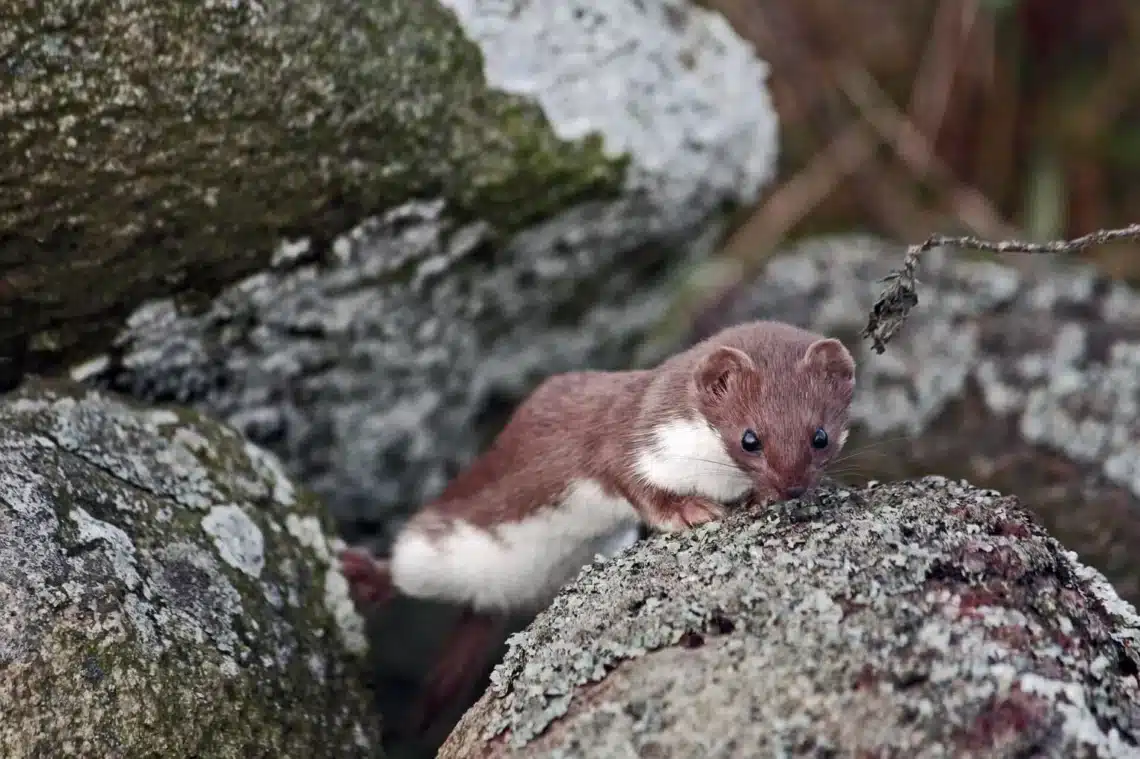
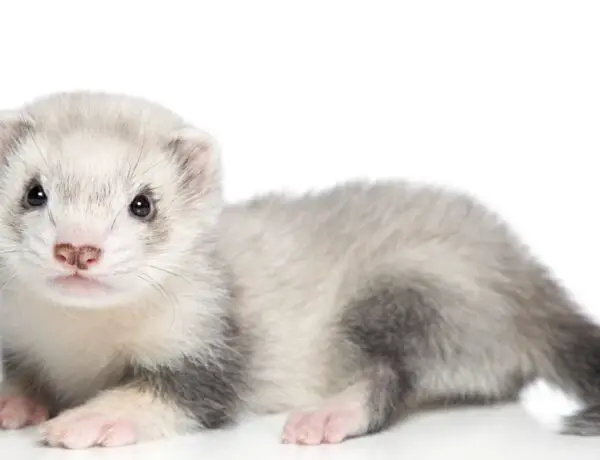

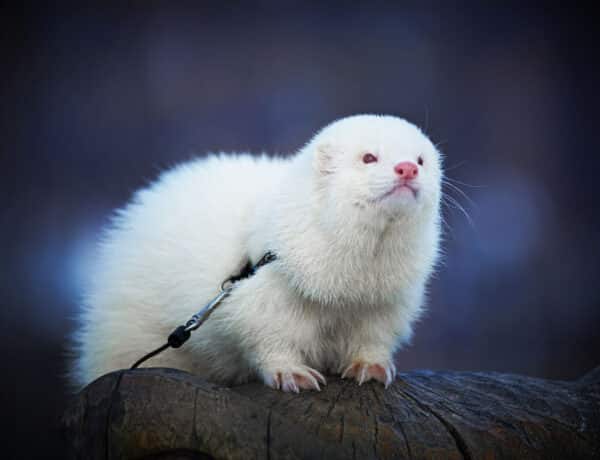
No Comments